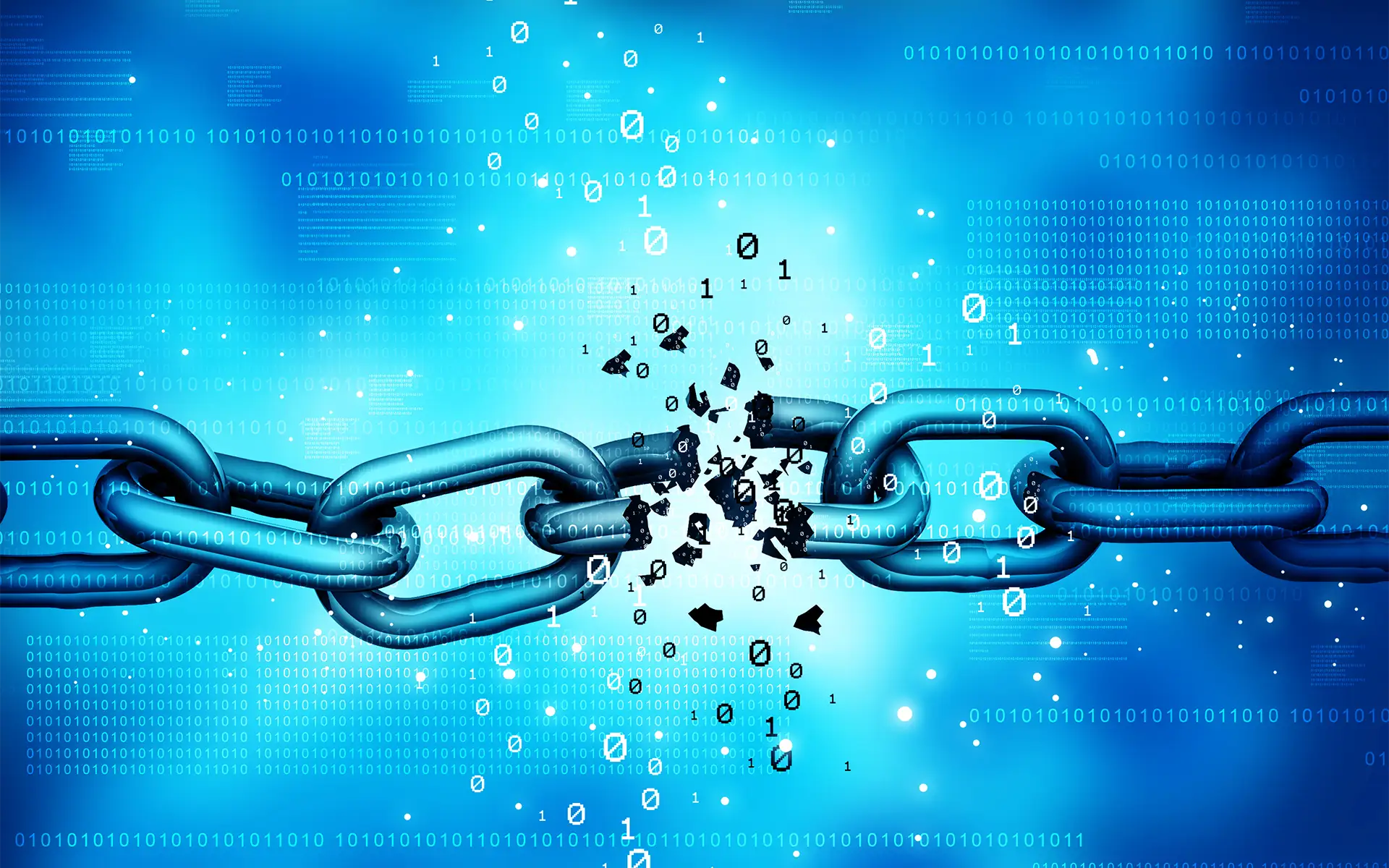Document Standardization: Why It Matters
As supply chain complexity accelerates in the electronics industry, the way information is exchanged is more vital than ever for long-term efficiency and growth. Just as engineers rely on uniform schematics or developers depend on structured software documentation, electronics companies need reliable, automated ways to communicate. For this reason, document standardization is critical to ensuring efficiency and smooth operations in an ever-evolving, fast-paced industry. Without standard documents, errors, delays, and miscommunication can quickly pile up.
In today’s blog, we’ll break down what document standardization is, why it’s essential in the electronics sector, and best practices to ensure efficiency and agility in today’s environment.
What is Document Standardization?
Standardized documentation is the practice of using consistent formats and structures for critical business documents. Implementation helps team members and partners keep data organized, stay informed, improve efficiency, and communicate clearly, which is critical in data-driven landscapes. When critical business documents, like purchase orders, BOMs, or inventory files, are stored in inconsistent formats, the consequences ripple throughout the supply chain. Employees, including engineers, sourcing managers, and other subject matter experts, often waste valuable time searching for information or manually reformatting documents just to make them usable. This inefficiency can lead to missed business opportunities and slower decision-making, underscoring the importance of digital standards.
Key Benefits of Document Standardization
Supply chain partners in the electronics industry regularly exchange data with a wide range of stakeholders, including manufacturers, distributors, contract manufacturers, and logistics providers. Implementing standardized formats of documentation helps accelerate processes and eliminate friction, among other benefits.
Improved Communication
Among the most valuable benefits of standardization is ensuring that everyone involved is operating on the same information in the same structure, significantly improving communications across the supply chain. This reduces misunderstandings and accelerates decision-making. For example, a well-structured PO helps vendors deliver exactly what’s needed without additional time spent clarifying details.
Error Reduction
Inconsistent documentation is one of the most common sources of supply chain errors, as a single incorrect part number or pricing mismatch can cause significant delays. Document standardization minimizes these risks by eliminating ambiguity and enabling systems to validate data automatically, ensuring higher data integrity by reducing the likelihood of human error.
Faster Onboarding
The electronics industry is not static and is always evolving. Therefore, companies often need to integrate new suppliers, contract manufacturers, or software platforms to satisfy demand and market shifts. Having a standardized documentation system helps simplify integration, allowing faster partner onboarding and new system connections, ensuring agility and a consistent competitive edge.
Improved Quality Control
A standardized format for certificates of product quality and regulatory compliance makes it easier to ensure components meet technical, safety, and environmental standards. With consistent document formats, companies can efficiently track parts across the supply chain, catch quality issues early, and maintain a reliable audit trail. This strengthens quality control processes and helps avoid the costs of inefficient data flows, such as delays, errors, and compliance risks.

Common Challenges Without Standardization
A lack of standardized documentation can create operational friction, as inconsistent formats for critical documents, such as purchase orders, inventory reports, and compliance records, can result in miscommunication between departments, system mismatches, and confusion among supply chain partners. Without clear standards, companies waste valuable time cleaning, converting, or reconciling files just to make them usable. These inefficiencies bottleneck workflows, ultimately wasting time and money while eroding trust.
Best Practices for Document Standardization
For electronics companies ready to implement standardized documentation, several best practices can help streamline workflows, enhance data integrity, and support compliance with industry regulations.
Define Clear Templates and Formats
Begin by establishing standard templates for common documents, including defining required fields, naming conventions, and formatting rules to ensure consistency across teams and systems. Standard templates will reduce confusion and make both manual and automated data exchange more reliable.
Use Documentation Tools and Systems
Leverage digital tools and systems that support structured documentation and integration. For example, Orbweaver’s DataHub allows electronics companies to standardize document formats (EDI, XML, JSON, etc.) and automate data exchange across systems, suppliers, and customers. This minimizes the need for manual interventions, accelerating data exchange efficiency while accelerating workflows.
Implement Regular Reviews and Updates
Standard documents should evolve with the business, so schedule regular reviews to update templates, incorporating user feedback. A living standardized format system ensures that document templates remain relevant, accurate, and useful over time.
Educate and Train Teams
It’s essential to implement change management when incorporating new standard documents. Provide onboarding and ongoing training so that all teams and departments understand how and why standardized documentation is used, reinforcing consistency and reducing the risk of costly errors.
Conclusion
Inconsistent and inefficient documentation can severely impact businesses in the electronics industry, resulting in lost productivity, missed business opportunities, and increased risk of errors in procurement and supply chain management. Document standardization processes directly address these challenges by creating a reliable, repeatable structure for managing information across systems, teams, and supply chain partners. From faster onboarding and improved communication to stronger quality control and compliance, the benefits of standardization are clear and cost-effective.
For electronics companies ready to intelligently scale and operate with greater agility, investing in document standardization is a strategic move toward smarter, faster operations. Learn how Orbweaver can help streamline your data flows and position your business for long-term success.
Document Standardization FAQ
How do you standardize documentation in an organization?
Create clear templates, define formatting rules, use structured data formats, implement documentation tools, and train teams to follow consistent practices.
What are the benefits of document standardization?
Standard documents improve consistency, reduce errors, save time, enhance communication, support faster onboarding, and strengthen quality control.
How often should standardized documents be reviewed or updated?
At least annually, or whenever regulatory changes, process updates, or user feedback that impact document relevance or accuracy apply.
Can document standardization help with regulatory compliance?
Yes, standard documents make it easier to meet reporting requirements, maintain audit trails, and ensure accuracy in compliance-related data.
